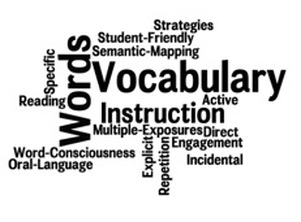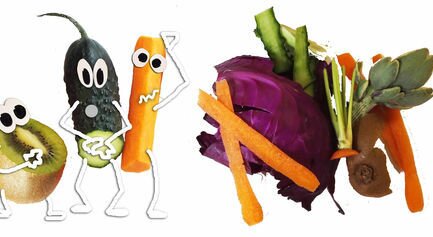We know that making students read and talk about what they read is not easy. However, it is not impossible. Have you ever tried Literature circles?
What are literature circles?
Literature Circles
are small, temporary discussion groups of students who are reading the same piece of literature.
Would you like to try? I should start by describing the main features:
• Students
prepare the reading assignment independently before joining their group. Then,
they will participate in group discussions when they join their classmates.
• Each
group member will have a specific responsibility (role) during discussion
sessions
• The
circles will meet on a regular basis to discuss their reading
• The teacher is a facilitator, not a group
member or instructor
• Each student reads the story from a
given perspective so each member is responsible for one aspect of what a mature
reader does naturally
• A spirit of playfulness, sharing and
collaboration pervades the classroom
• It reaches the broad spectrum of students in
a natural way (multiple intelligences and diverse learning styles)
• Assessment includes teacher’s observation and students' self-assessment
• When books/stories are finished, groups may
prepare a final project / booktrailer/digital poster, etc. (Depending on the amount of time you have, this final product is not a must since students have already been working on the reading assignment and assessment has taken place too).
How do you organize students into groups? (Ideally, 5 students in each group)
There are different roles that you can choose for each of the students in the same group but I would suggest, at least, the following:
•
Group discussion leader
•
Passage performer
•
Connector
•
Vocabulary builder
•
Illustrator
I will try to lay out each of the roles briefly:
Group discussion leader:
• This student must have a solid grasp of
the posible themes and the basic plot of the story
• He /she opens the discussion with a few
open-ended questions concerning the story
• He/she keeps the conversation moving but is not
“the boss”. All students are responsible to speak and to ask follow-up
questions
Passage performer:
• This student is asked to make a very close
reading of the text and to look for well-written or key passages in the story
• He/she will read the passages he /she
has chosen to the group members
The connector:
• • He/she tries to find
connections between the text and the real world in which he/she lives. For
example, the Connector may make connections between the thoughts, feelings or
actions of the characters and his/her family, friends or classmates.
The word wizard:
• This student chooses some words that
he/she believes are very important in the story.
• The
Word Master is not confined to defining new words, but should be encouraged to
look for special uses of common words or analyze why the writer repeats some
words.
The illustrator:
• This student responds to the events and themes in the story
in a creative way by drawing a picture (diagram, sketch, cartoon…) about it. He/she will
have to ask others what they think it means and after hearing them he will tell them what it represents to him/her.
If you wish, you can use the templates I have prepared for each of these roles above by clicking here.
(I have added a template for another role: the summarizer. You can find it useful if stories/books are long and students need to meet on different dates to discuss the whole reading assignment.)
Have you ever used Literature Circles to foster reading? I would love to know your opinion.



